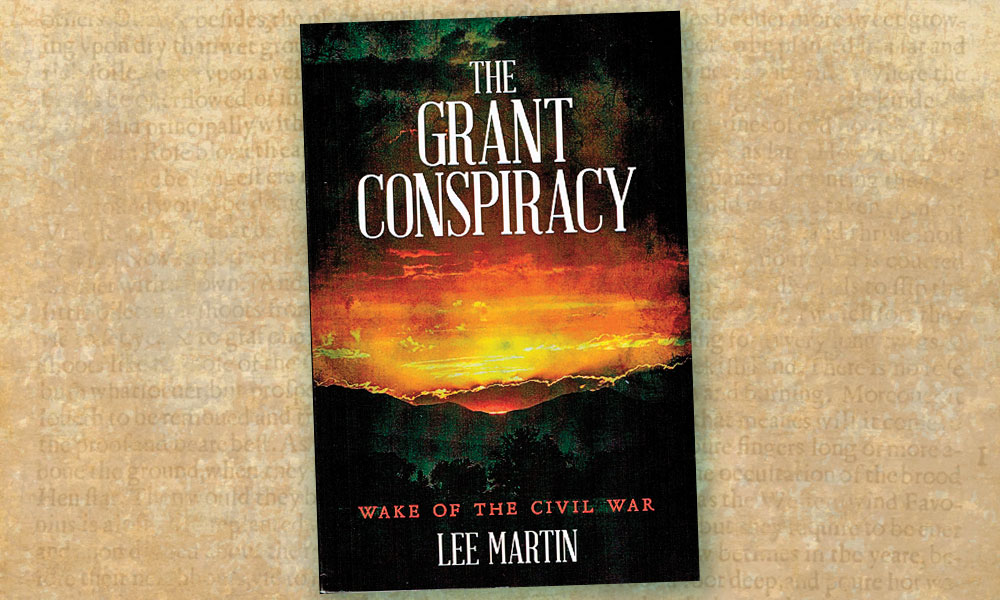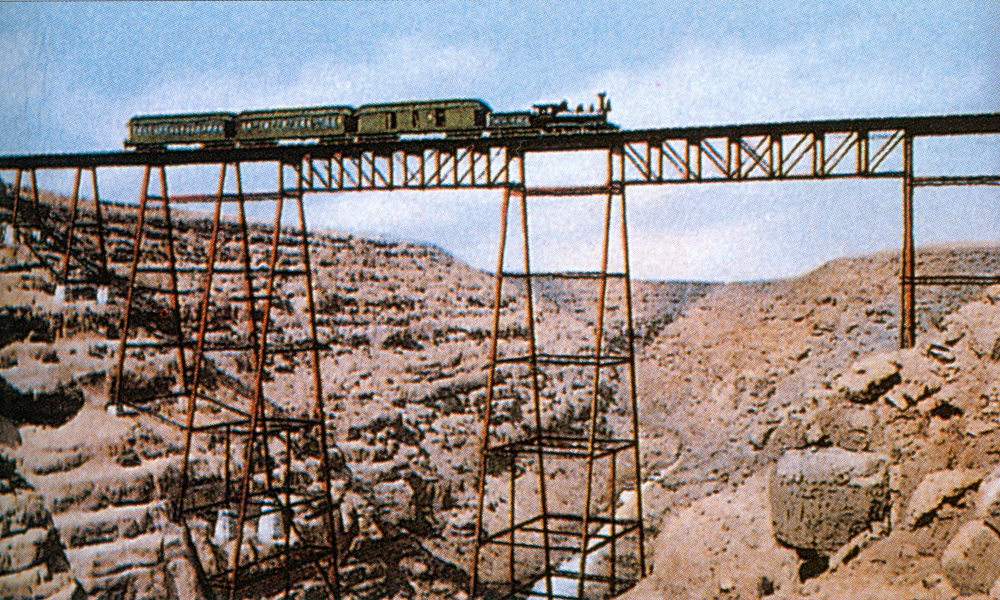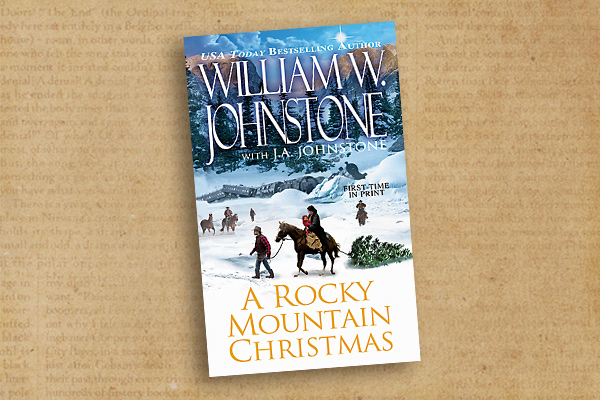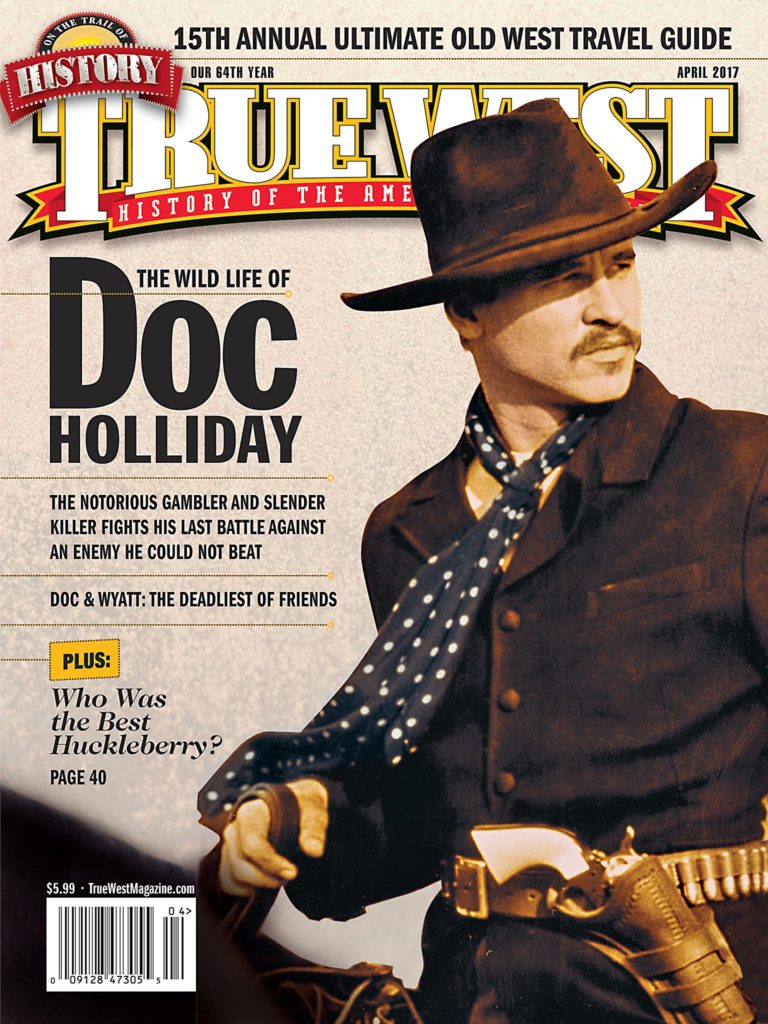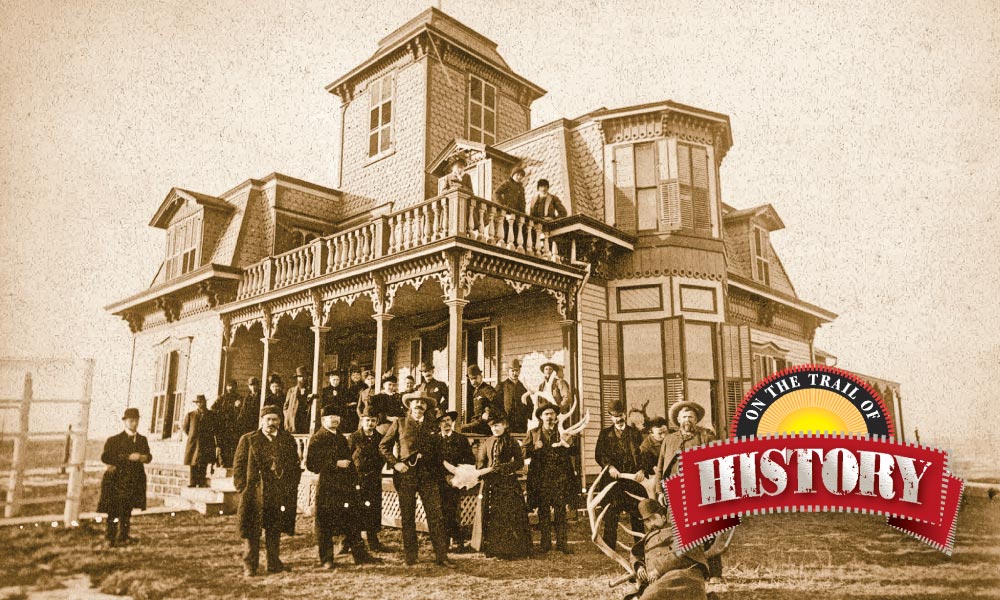
Drinking in the spectacular views from Lookout Mountain in Golden, Colorado, one can see why the former scout-turned-showman Buffalo Bill Cody wanted to be buried on this famous peak. Standing near the wrought-iron gate encircling Bill’s grave and gazing out into the distance, the vast expanse of the Great Plains stretches out before you. This remarkable vista resembles the life of the man buried here, a figure whose personality and influence was as big as the West.
William Frederick “Buffalo Bill” Cody’s celebrity has well outlived the man himself. Cody created Buffalo Bill’s Wild West show in 1883 to bring the history of the fading frontier to the entire world. This entertainment spectacle exhibited sharpshooting, trick riding and re-enactments of historic events like Custer’s Last Stand. Though Cody traveled extensively with the show to large metropolitan cities, including New York and Paris, his home and his heart remained in the West. Two states Bill often called home were Nebraska and Colorado. It is in the Cornhusker State, however, where our tour begins.
It has been said that every man has his moment, and Buffalo Bill’s came on May 19, 1883, in Omaha, Nebraska. On this date, Buffalo Bill’s Wild West show performed for the first time. The show drew a large crowd and by all accounts was a success. Today, Omaha’s cultural institutions continue to celebrate Bill and his legacy. In early 2016, the Durham Museum held a Wild West show exhibition, featuring numerous artifacts belonging to Cody and his top performer, Annie Oakley. The exhibit allowed visitors the unique opportunity to reexamine Buffalo Bill from a local perspective.
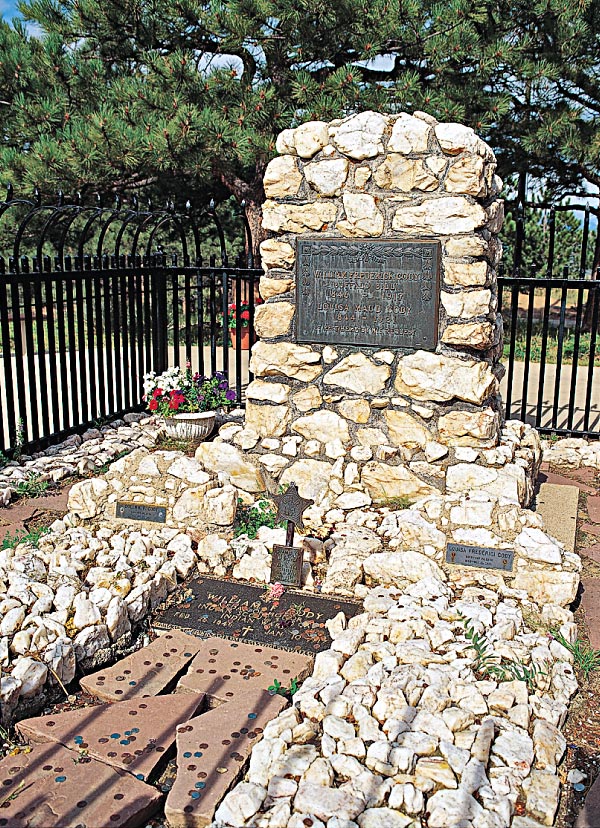
– Courtesy The Buffalo Bill Museum & Grave –
The Durham Western Heritage Museum, at 801 South 10th Street in downtown Omaha, is housed in the city’s former Union Station. Initially reopened as the Western Heritage Museum, the institution displayed regional historic artifacts, and was later renamed the Durham Western Heritage Museum in honor of Charles and Margre Durham, the driving forces behind its 1997 restoration. Displays reflect local history and tell the story of the role of railroads in transforming Omaha into a major center of commerce in the West.
As Buffalo Bill built an entertainment empire with his Wild West show, he employed many individuals from all walks of life. In addition to well-known figures like Annie Oakley and Sitting Bull, countless others helped to make the show a success. One of those people was cowboy Gus Fonner. A man whose roots ran deep in the Cornhusker State, August Lewis “Gus” Fonner was born in Grand Island, Nebraska, in 1873. As a young boy, he loved roping and riding on his family’s homestead ranch known as the O.K. Farm.
Eventually, Fonner found his way to riding with the cowboys in Buffalo Bill’s Wild West show. While working with the show, Gus became fascinated with the Indian culture. Traveling all over the West with the show, Fonner began building an extensive collection of rare Indian artifacts. He also formed close relationships with the Plains Indians he encountered and was inducted as an honorary member of several tribes.
Throughout his life Fonner remained an important member of the Grand Island community as a civic leader. At the time of his death in 1959, Fonner had been one of the first supporters of the fledgling Stuhr Museum of the Prairie Pioneer. He donated his entire collection of Indian artifacts to the museum. His collection is now housed in the Gus Fonner Memorial Rotunda, where exhibits reflect the contrasting cultures of the Plains Indians and early Western settlers.
Along with the Fonner Rotunda, the Stuhr Museum presents Western exhibits in several complexes. The buildings also include the popular Railroad Town, a historical town circa 1896 with over 25 buildings including actor Henry Fonda’s original childhood home. To reach the Stuhr Museum from Omaha, head west on I-80, then take exit 312 north toward Grand Island. After reaching Grand Island, exit onto Tom Osborne Expressway, then turn right onto Tech Drive.
Kicking down the dusty streets of Railroad Town, along wooden sidewalks and past period buildings takes visitors back to the bygone days of the Old West. Inside the Fonner Rotunda, they will find artifacts that ignite imaginations with images of Buffalo Bill’s Wild West show and Indian culture.
Before Buffalo Bill’s Wild West show opened in Omaha, and long before he hired any performers, Cody hatched the idea for his famous enterprise in 1883 near North Platte, Nebraska. In 1877, Bill and his wife, Louisa, bought 4,000 acres adjacent to the town of North Platte. After moving to the land, the couple named the estate “Scout’s Rest Ranch.” Along with their children, the Codys lived in a beautiful 18-room Victorian mansion on the property. Here Buffalo Bill developed the idea for the venture that would become the most popular show in the world up to that point.
On the roof of the ranch’s large barn, which housed thoroughbred livestock,
Bill had the words “Scout’s Rest Ranch” painted in large block letters so they could be seen from the Union Pacific tracks a mile away. Although the ranch turned a profit, the operating costs became too high for Cody to handle so he sold it for $100,000 in 1911. Now known as Buffalo Bill Ranch State Historic Park, the current site encompasses 25 acres and four original structures. The park is located at 2921 Scouts Rest Ranch Road in North Platte. Sightseers can reach the park by traveling east on I-80, then taking exit 158 for NE-25 toward Sutherland/Wallace, and eventually turning right onto US-30 east.
The restored home on the property was originally built in 1886 for Bill’s sister and brother-in-law, Al and Julia Goodman. The home, barn, a cob house—for storing corncobs used as kindling—and an ice house remain standing today.
Leaving Nebraska and crossing the border into Colorado we head not to the state’s famous mountains but to the southeastern plains. In this corner of Colorado lies the sleepy town of La Junta. This small burg sits near the historic Santa Fe Trail, which is home to the rebuilt Bent’s Old Fort trading post where iconic frontiersman Kit Carson was once employed as a hunter. As a young pioneer, Buffalo Bill Cody also traveled extensively along the Santa Fe Trail seeking adventure. In his later years as a showman, Bill returned to La Junta, performing in the town on June 20, 1914.
Throughout the years he ran the Wild West show, Cody experienced a number of financial wobbles. His economic troubles, coupled with the decline in popularity of Western style entertainment, caused him to eventually lose his business, forcing him to work for the Sells Floto Circus in 1914 and 1915.
Circus owners Frederick Bonfils and Harry Tammen, who were also proprietors of the Denver Post newspaper, employed Bill to ride out before every performance and salute the audience from his saddle. At the time, according to legend, Cody’s arthritis was so bad that after having waved to the crowds and ridden out of sight, it took several men to help the crippled showman dismount from his horse.
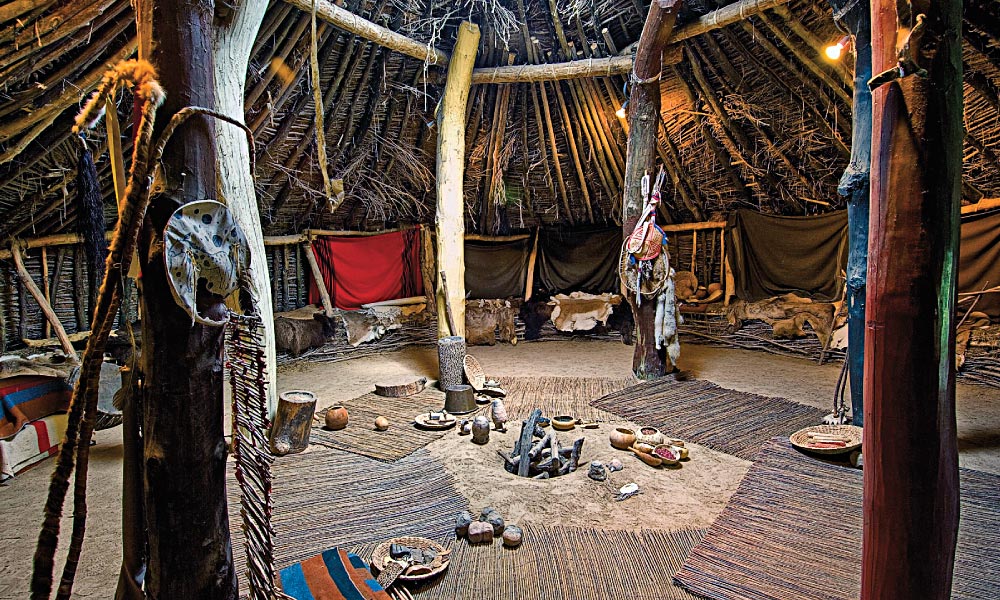
– Courtesy Nebraska Department of Tourism –
La Junta is home to the Koshare Indian Kiva Museum. The museum houses a priceless collection of Indian artifacts and art, including Frederic Remington sculptures and several Woody Crumbo paintings, under the largest self-supported log roof in the world. To reach the Kiva, take Highway 50 south to La Junta, turn right onto Grant Avenue, right onto 5th Street, then left on Colorado Avenue until you reach East 18th Street.
Bent’s Old Fort National Historic Site is on Old Trail Road, 6 miles outside of La Junta. The fort is open seven days a week and is fortunate enough to have Kit Carson’s great grandson, John Carson, employed as an interpretive guide.
From La Junta, we head north, picking up I-70 and taking it to the spot where Bill was eventually laid to rest. On January 10, 1917, at the age of 70, Buffalo Bill died from kidney failure at his sister’s home in Denver. In his will, Cody stated he wanted to be buried at Lookout Mountain Park overlooking the Great Plains where he had spent so much of his life.
Because Bill died in the middle of winter, however, the road to Lookout Mountain was impassable. So, Olinger’s Mortuary in downtown Denver kept Cody’s embalmed remains in cold storage for six months until June when he could be properly buried. Interestingly enough, this portion of Olinger’s Mortuary is now Lola Coastal Mexican restaurant. This posh diner allows folks to enjoy a meal in the very spot where the old scout was first preserved.
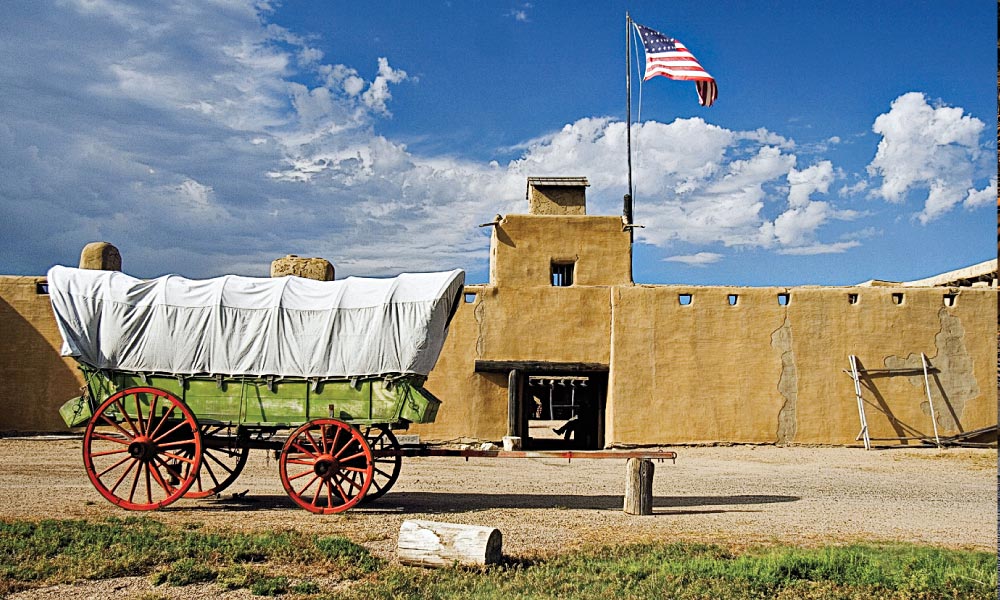
– Courtesy Matt Inden/Miles, Colorado Tourism Office –
In 1921 Johnny Baker, a man who Bill considered his adoptive son, opened the Pahaska Teepee Museum next to the grave. The museum is named for Cody’s hunting lodge outside Yellowstone Park. Many of the museum’s exhibits tell the story of Buffalo Bill and his legacy.
For the centenary of Buffalo Bill’s death in 2017, the museum will pay homage to the showman by holding a funeral procession in June to commemorate the life and death of one of the West’s greatest legends.
Kellen Cutsforth is the author of Buffalo Bill, Boozers, Brothels, and Bare Knuckle Brawlers: An Englishman’s Journal of Adventure in America. He has published more than 25 articles in national publications.


